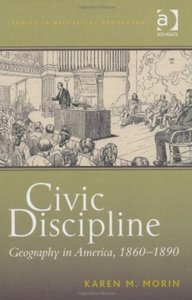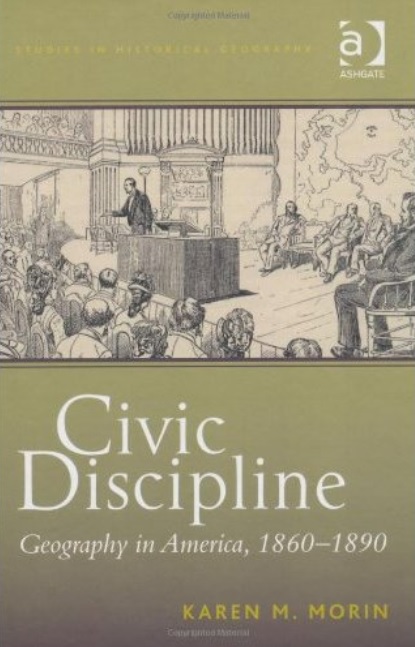Karen M. Morin - Civic Discipline: Geography in America, 1860-1890
Published: 2011-03-01 | ISBN: 140940143X | PDF | 256 pages | 13 MB
Established in 1851, the American Geographical Society (AGS) is the oldest professional geographical organization in the United States, and was the pre-eminent such society in the 19th century. This book explores how geographical knowledge and practices took shape as a civic enterprise by the AGS, under the leadership of Charles P. Daly, its president for 35 years (1864-1899). It links the ideals and programmatic interests of the AGS to the broad institutional, societal, and spatial contexts that increased interest in geography in the post-Civil War period (such as rapid U.S. territorial expansion and associated immigration patterns), as well as to Charles Daly's own social geography-his personal subjectivity and role as New York civic leader, scholar, revered New York judge, and especially, popularizer of geography. Daly's leadership in a number of civic and social reform causes resonated closely with his work as geographer, such as his influence in tenement housing and street sanitation reform in New York City. He also involved in more commercial projects, including in American railroad development and colonization of the African Congo. The book examines and offers insights into this wide range of interests, as well as his influential role in promoting early Arctic explorations in New York. Overall, it highlights how Daly's gentle, patrician persona, formed by an Irish working class background and deep sense of upward mobility, combined with his revered intellect and popular legal decisions, and especially his personal stake in numerous commercial enterprises, all informed the geographies he and his AGS colleagues produced. Through telling the story of 19th century AGS and Charles Daly, this book provides a critical appraisal of the role of particular actors, institutions, and practices involved in the development and promotion of geography in the mid-19th century U.S. that is long overdue.



